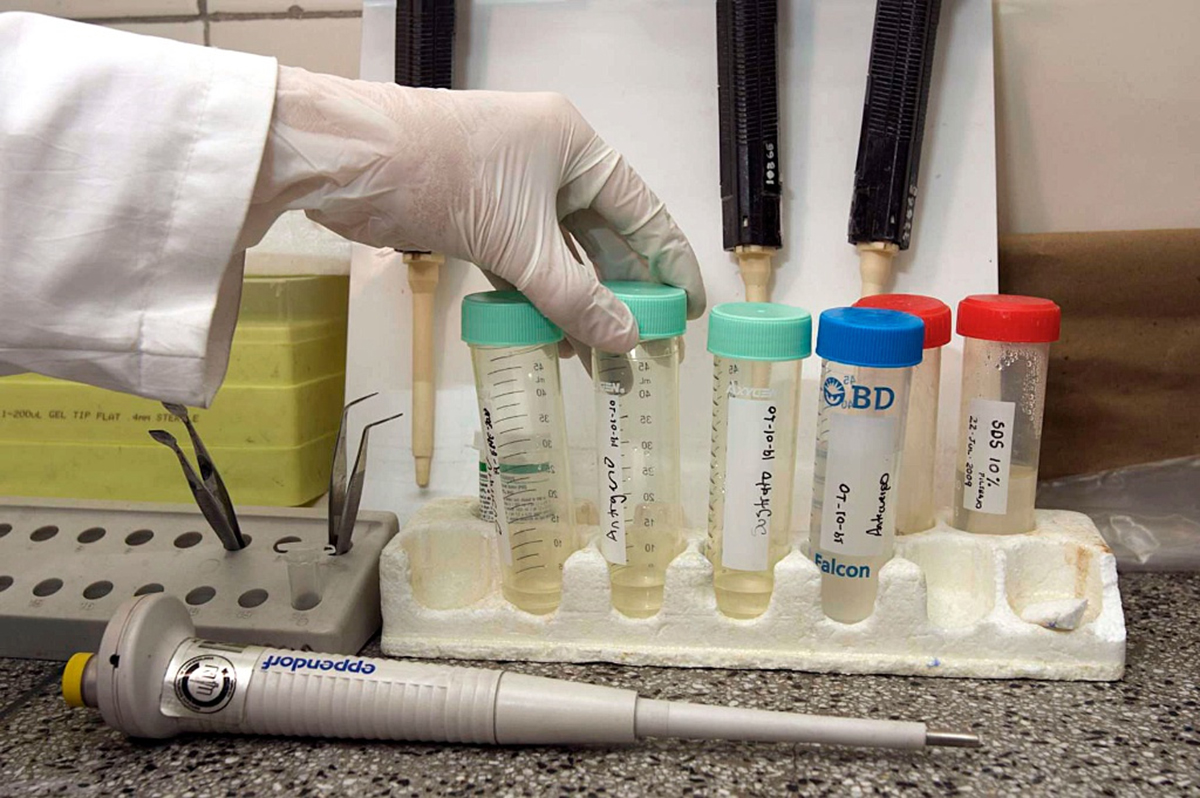Table of Contents
Stem cells are found in people of all ages. This is the type of cells that has the ability to renew themselves. In their original form, they are non-specialized and do not serve any particular function in the body. But they have the plasticity and can, therefore, adopt the characteristics of other cells. These cells are critical for growth in the developing embryo because stem cells are responsible for generating all parts of the body. Stem cells are generally located in the bone marrow in adults. As a result of activity or aging, they replace cells that have weakened or died.

Stem cells have substantial differentiation and self-renewing abilities. Embryonic stem cells can differentiate into three germ layers, and while developing, they are able to trigger the development of all cell types.
Cancer stem cells are involved in progression of various tumors
When it comes to cancer developing and progressing to a cancer that spreads to other areas of the body, there are two established scientific models at present time. They include the cancer stem cell model and the clonal evolution theory.
In the clonal evolution theory, it is believed that successive mutations continue to build up in the cells resulting in clonal outgrowth and generation of particular types of cells that thrive in the particular micro-environment. Different cancer cells might have slightly different genotype, thus contributing to cancer heterogeneity.
In the cancer stem cell model, it is believed that certain cancer cells have properties of stem cells, i.e. they have big potential for differentiation and renewal. As a result, the majority of cells in the tumor originate from these cells, even though functionally and phenotypically they are quite different from each other and from parental stem cells.
It is not entirely clear where cancer stem cells come from. As evidence mounts concerning cell plasticity, it is suggested that aggressive forms of cancer stem cells can be made for the first time inside a tumor.
See Also: Deadliest Cancers We Still Have To Beat
Others, however, think that cancer recruits normal healthy stem cells and transforms them into cancerous.
Cancer stem cells is an attractive therapeutic target
Regardless of the precise mechanism, it is clear that targeting cancer stem cells is the key to successful cancer treatment. Conventional treatments do little to harm these cells, thus leaving the escape route for the disease. Targeting stem cells instead of usual cancer cells would allow to kill “parental” cells of cancer and thus limit or even stop the further progression of disease.
Right now, scientists are just starting to understand how cell plasticity and heterogeneity are related when it comes to cancer. Hopefully, in the near future, this research will pave the road to new, much more effective, cancer therapeutics.
- Dick, J. E. (2008) Stem cell concepts renew cancer research. Blood 112, 4793–4807
- Marjanovic, N.D., et al. (2013).Cell plasticity and heterogeneity in cancer. Clinical Chemistry 59(1), 168-79
- Cogle CR, Guthrie SM, Sanders RC, Allen WL, Scott EW, Petersen BE (2003) An overview of stem cell research and regulatory issues. Mayo Clinic Proceedings. Mayo Clinic 78 (8): 993–1003.
- Photo courtesy of NWABR by Flickr: www.flickr.com/photos/nwabr/6070125533
- Photo courtesy of Pan American Health Organization-PAHO/WHO by Flickr: www.flickr.com/photos/pahowho/9401173233


Your thoughts on this